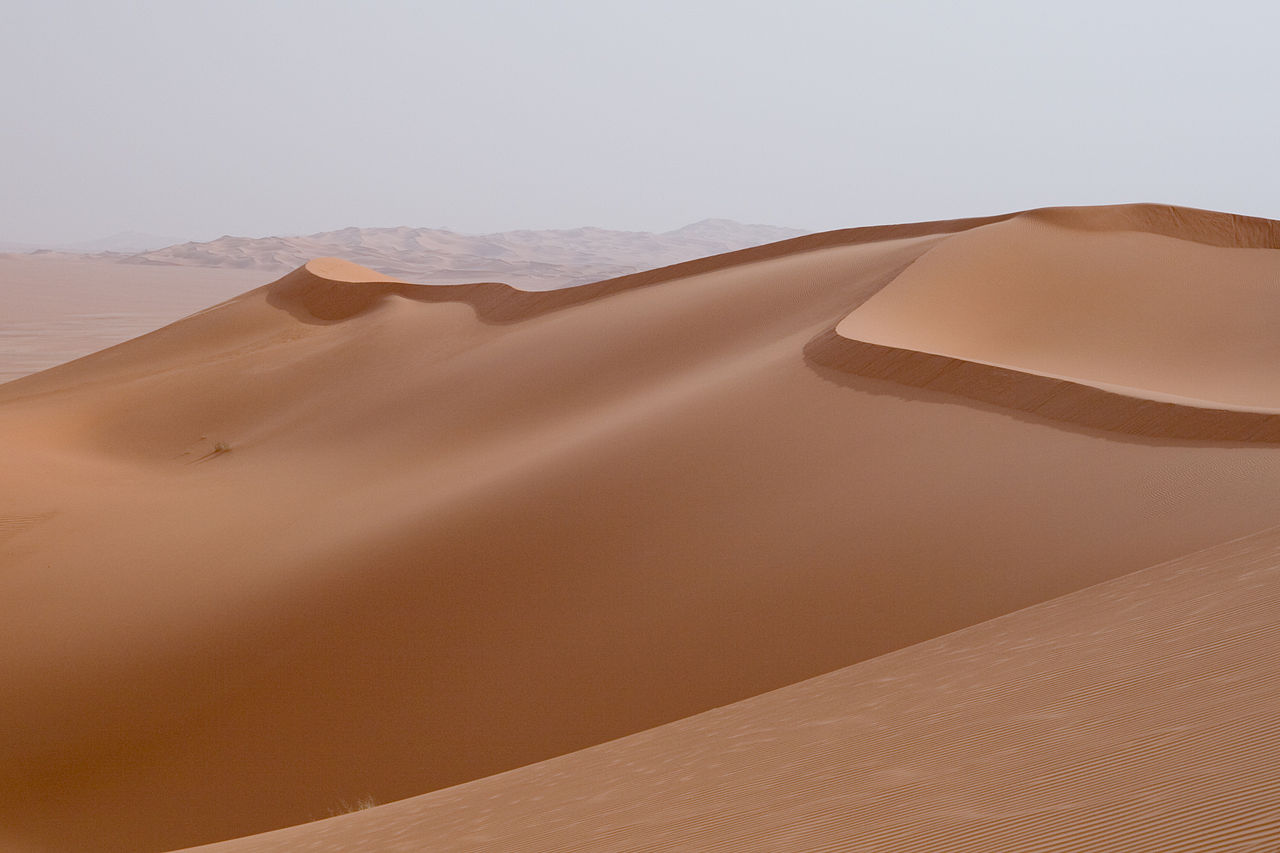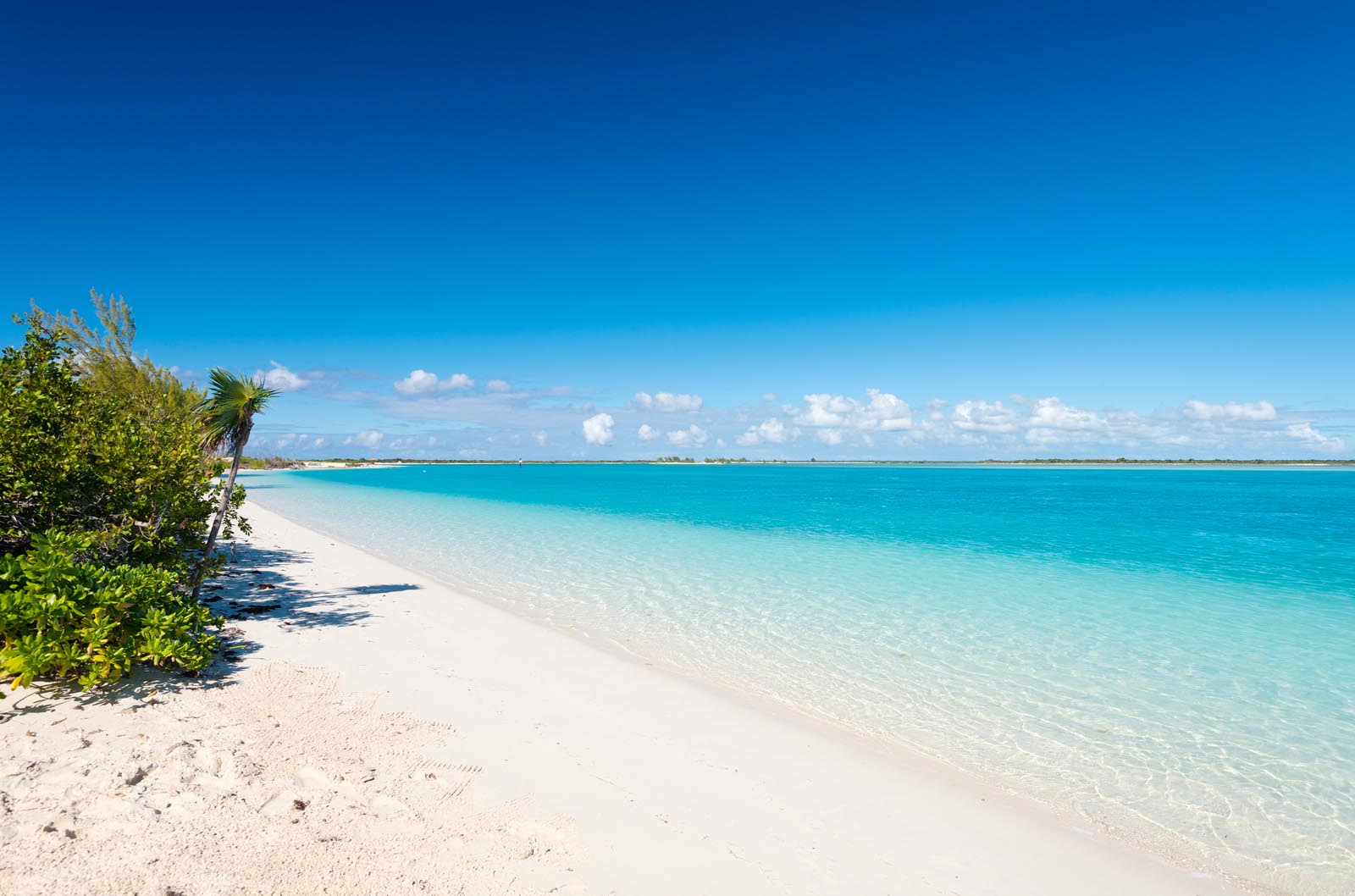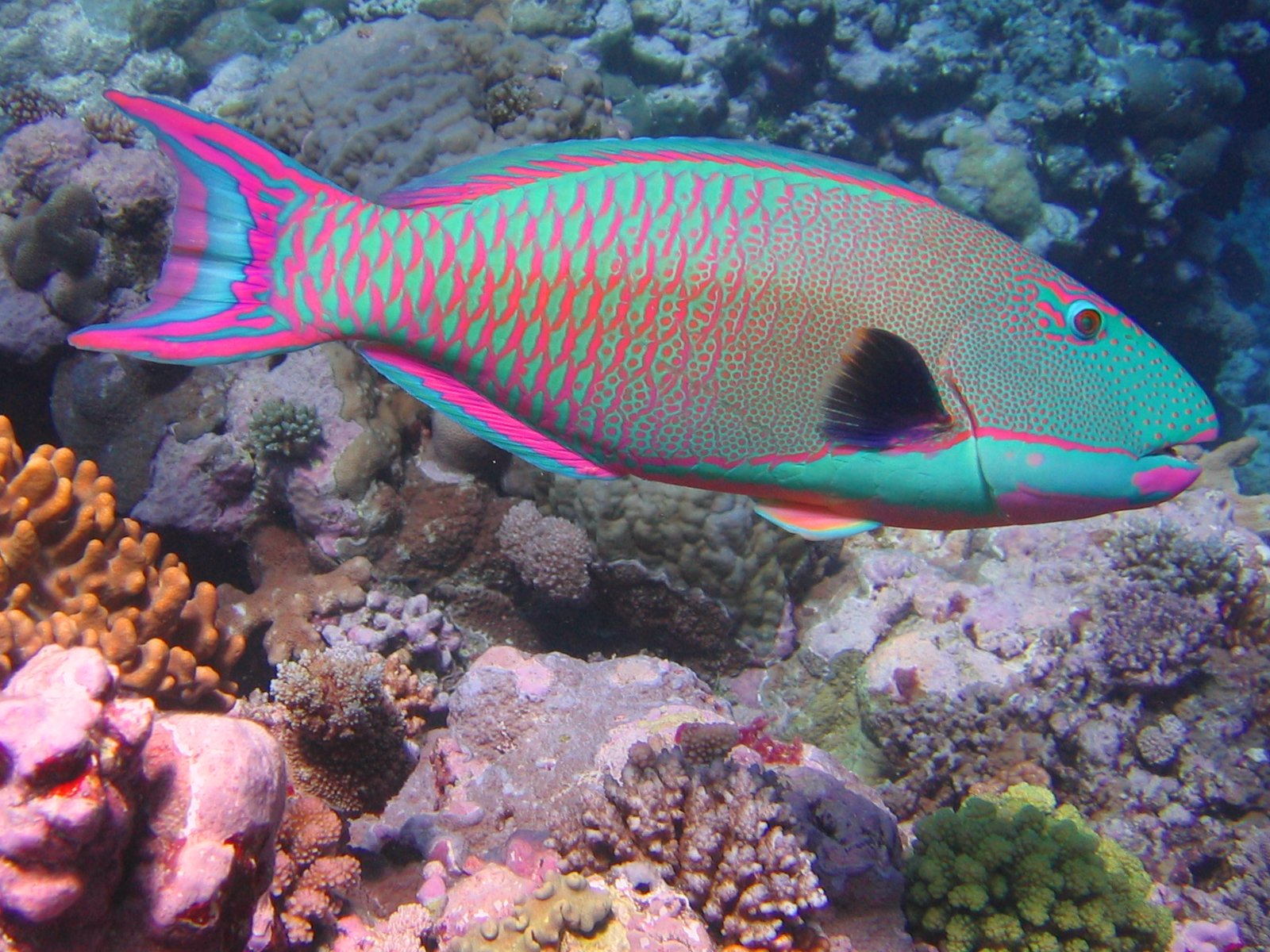The Tropical Toilets We Love to Visit
Pictured below are two photos featuring sand but in two different contexts. The top image is a desert in Libya; the bottom image is a beach in Turks and Caicos. And as you can see, the sand doesn’t look the same.


The desert sand is more orange while the beach sand is closer to white. (In fact, the latter is often referred to as a “white sand beach.”) That’s because “sand” doesn’t refer to an element or mineral. Rather, Merriam-Webster defines it as “a loose granular material that results from the disintegration of rocks [and] consists of particles smaller than gravel but coarser than silt.” In other words, “sand” is just microscopic pieces of other stuff.
And in this case, the two types of sand come from different types of stuff. In the case of desert sand, that’s typically quartz, a form of silica, which happens to be incredibly common — per Wikipedia, it’s “the second most abundant mineral in Earth’s continental crust.” The white beach sand, though, isn’t silica. It’s made of calcium carbonate, which is what coral reefs are made of. And the beach is where it is in large part because of these guys:

That’s a parrotfish.
Parrotfish live wherever there are coral reefs — typically the Indo-Pacific but also the Caribbean Sea. The fact that they live near coral reefs isn’t an accident, either — it’s because parrotfish eat algae that live within the coral. It’s not so easy to see in the picture above (here’s a better shot) but parrotfish have beak-like mouths which can grind down coral in the fish’s search for a meal. (The “beak” is also why the fish is named for a bird.) That’s probably bad for the coral reefs of the world; it’s generally believed that parrotfish are a leading cause of bioerosion, dwindling the size of reefs particularly in the Caribbean. (That said, there are some studies which think it’s not so cut-and-dried; per National Geographic, overfishing of parrotfish has also led to bad news if you’re a coral reef, as algae are growing unchecked and are “essentially choking and killing off coral reefs.”)
What does this have to do with sand? Well, the parrotfish is after the algae; the coral itself doesn’t hold much in the way of nutritional value for the parrotfish. The coral isn’t digested much, and what goes in must come out in the form of excrement. In this case, what’s coming out is ground-down coral — tiny grains of calcium carbonate, better thought of as “white sand.”
In other words? The tropical beach beneath your feet — a lot of it is fish poop that’s washed ashore.
(If you want to watch a video of the parrotfish chomping away at coral and excreting sand, here you go.)
Bonus fact: You wouldn’t mix up a sports arena with a beach (beach volleyballs matches notwithstanding), but the etymology of the former term might surprise you (unless you speak Spanish). The word “arena” comes from the Latin word for “sand” or “sandy place” per the Online Etymology Dictionary. Why was there sand there? The Etymology Dictionary continues: “The central stages of Roman amphitheaters were strewn with sand to soak up the blood.”
From the Archives: Exit Sandman: The time thieves in Jamaica stole a beach.
Related: Kinetic sand — it’s like real sand, only it’s designed to not get everywhere. (The sand sticks to other grains of sand, not to, say, your shirt.) And I’m pretty sure this is silica, not fish poop.
